ISO 20000-1 certification in DURBAN
Get Free Consultation
PopularCert is your trusted partner in achieving ISO 20000-1 certification in Durban. Our expert consultants guide you through the entire process, from assessing your IT Service Management (ITSM) framework to identifying gaps and implementing necessary improvements. With our support, you can streamline your IT services, enhance efficiency, and meet both customer and regulatory expectations, ensuring a smooth certification journey that leads to increased operational excellence and growth opportunities.
What is ISO 20000-1 Certification?
ISO 20000-1 certification is an internationally recognized standard for IT Service Management (ITSM). It provides a structured framework for organizations to design, deliver, manage, and improve IT services to meet business objectives and customer needs effectively.
The certification ensures best practices in areas such as service delivery, incident management, problem resolution, and continual improvement. It enhances efficiency, reduces downtime, and builds customer trust by demonstrating a commitment to high-quality IT service management. ISO 20000-1 certification is essential for organizations aiming to optimize IT operations, align IT services with business goals, and gain a competitive edge in the global market.
Why ISO 20000-1 Certification is Important in Durban?
In Durban’s rapidly growing IT sector, ISO 20000-1 certification is crucial for businesses looking to stay competitive and provide high-quality IT services. It demonstrates a commitment to continuous improvement, service delivery, and incident management, while helping companies align their IT services with business goals. With this certification, Durban-based organizations can boost customer satisfaction, improve operational efficiency, and reduce downtime, all while gaining a reputation for reliability and excellence in IT service management.
How to Get ISO 20000-1 Certification In Durban?
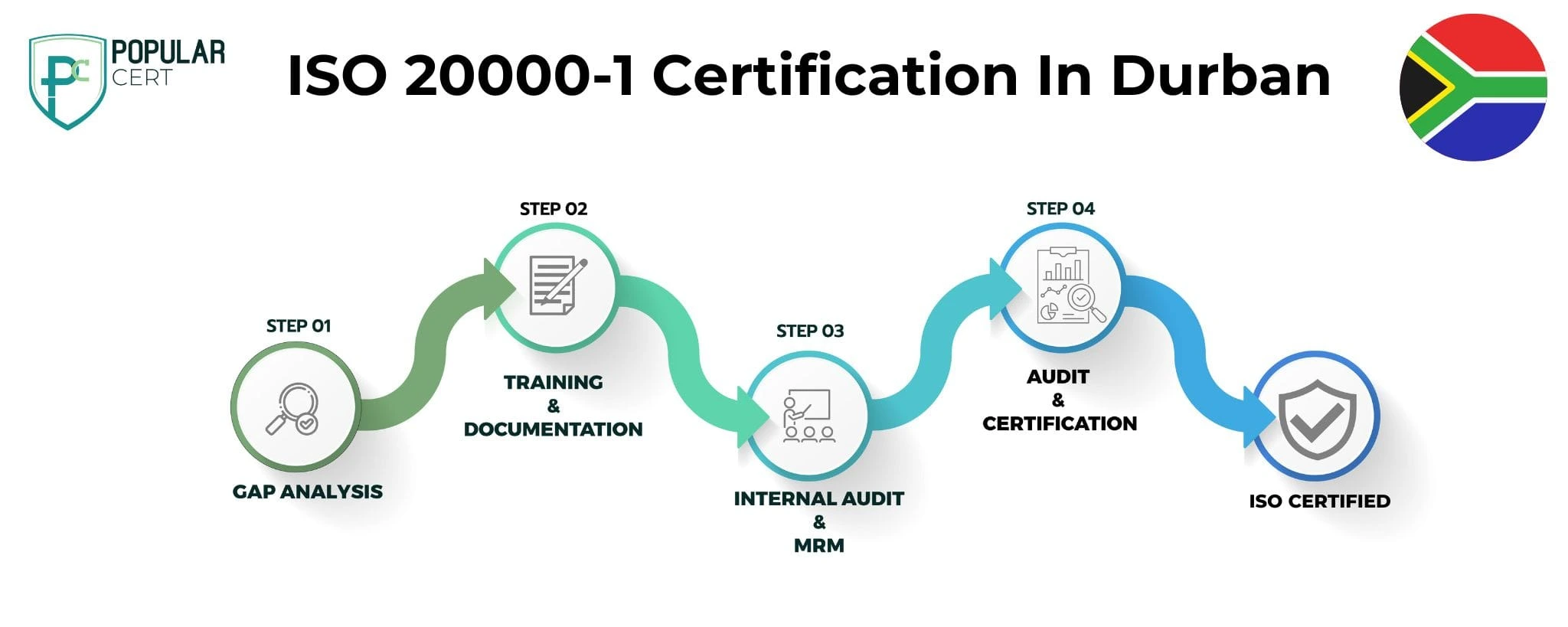
Process to Get ISO 20000-1 Certification In Durban
Consultation and Gap Analysis
PopularCert’s specialists assess your organization’s specific requirements and existing systems. We conduct a thorough gap analysis to pinpoint areas needing improvement to meet ISO standards.
Planning, Documentation, and Policy Development
Following the gap analysis, we create a customized implementation plan, define resource needs, and assist in developing necessary policies and documentation. These are seamlessly integrated into your current organizational framework.
Training and Awareness
Comprehensive training ensures your team understands ISO requirements and their responsibilities in maintaining the management system effectively.
Internal Audit and Management Review
We perform internal audits to evaluate system effectiveness and address any non-conformities. A management review aligns the system with your organization’s objectives and ISO standards.
External Certification Audit and Certification
After successfully completing the external audit, your organization will earn ISO certification. This reflects your commitment to excellence, strengthens credibility, and builds lasting trust with customers and stakeholders.
Benefits Of ISO 20000-1 Certification In Durban
- Improved Service Quality: Ensures high-quality IT services that meet customer needs and expectations.
- Enhanced Efficiency: Streamlines IT service processes, reducing inefficiencies and downtime.
- Customer Satisfaction: Demonstrates a commitment to customer-centric service delivery, building trust and loyalty.
- Global Recognition: Provides international credibility, making your business competitive in the global market.
- Regulatory Compliance: Ensures compliance with industry regulations and standards, reducing legal risks.
- Cost Savings: Optimizes resource management, reducing operational costs.
- Continuous Improvement: Promotes a culture of ongoing service enhancement and problem-solving.
- Market Differentiation: Sets your business apart from competitors by showcasing commitment to best practices in IT service management.
Types Of ISO Certification In Durban
Get Free Consultation
Our Clients
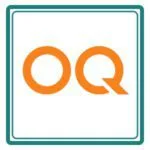

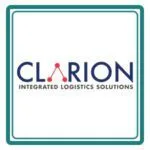
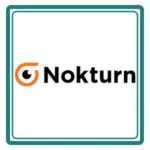

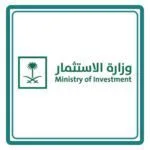
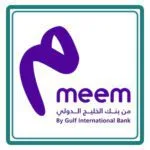
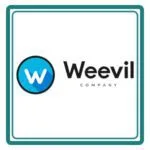



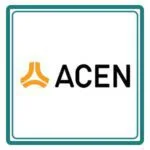
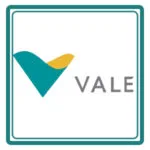

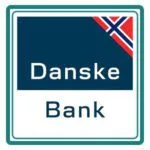

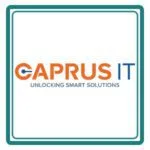

Why do you need ISO 20000-1 certification in Durban?
ISO 20000-1 certification is essential for organizations in Durban seeking to optimize IT service management and remain competitive in a technology-driven global market. This certification demonstrates an organization’s commitment to delivering reliable, efficient, and high-quality IT services while aligning them with business objectives and customer needs.
In Durban, where businesses face increasing pressure to innovate and maintain service excellence, ISO 20000-1 ensures standardized processes for service delivery, incident management, and problem resolution. It reduces operational inefficiencies, minimizes downtime, and enhances customer satisfaction.
Additionally, the certification provides a competitive advantage by building trust with clients and stakeholders, proving compliance with international IT service management standards. Partnering with experts like PopularCert simplifies the certification process, ensuring a seamless journey to compliance and long-term operational excellence.
Difference between ISO 27001 and 20000-1
ISO IEC 27001 is a standard known globally for Information Management Security System ISMS for managing information security. It’s a product of a partnership between the International Organization for Standardization (ISO) and the International Electrotechnical Commission.
Its purpose is to give organizations a solid and organized strategy for handling and safeguarding sensitive data. The base of ISO IEC 27001 is the ‘Plan, Do, Check, Act’ cycle. It asks businesses to create and apply a wide-ranging list of policies, protocols, and controls.
Whereas ISO 20000-1 It’s a global standard for Information Technology Service Management System (ITSMS). It’s all about managing IT services. This standard gives a pattern for companies to build, use, keep up, and always better their IT processes.
Cost Of ISO 20000-1 Certification In Durban
The cost of ISO 20000-1 certification in Durban varies depending on factors such as the size of the organization, complexity of IT services and the scope of implementation.
Partnering with PopularCert ensures a cost-effective and streamlined certification process tailored to your organization’s needs. For more information and to apply for your ISO 20000-1 Certification In Durban, contact us at [email protected]. We will guide you through the process and provide details on the cost involved to help you get started on your ISO Certification journey with PopularCert in Durban.
Why Choose PopularCert For ISO 20000-1 Certification In Durban?
Choose PopularCert for ISO 20000-1 certification due to our extensive expertise in IT Service Management and proven track record. We provide tailored guidance, ensuring your organization meets all standard requirements efficiently.
Our team helps streamline the certification process, improves operational efficiency, and enhances customer satisfaction, positioning your business for success in the competitive global market.
Case Study: Improving IT Service Provision for a Logistics Firm Based in Durban
Managing internal IT support and service response times became increasingly difficult for a mid-sized logistics and distribution company in Springfield Park, Durban. Poor SLA tracking and frequent delays in responding to delivery system outages were having an impact on operations and customer satisfaction throughout KwaZulu-Natal. The business and PopularCert collaborated to put in place a strong IT Service Management System (ITSMS) that complies with ISO 20000-1.
PopularCert created unique incident management procedures, carried out a thorough gap analysis, and gave their IT support staff comprehensive training. The company obtained ISO 20000-1 Certification in Durban in just five months, which resulted in:
- An improvement in incident resolution time of 45%
- Regular compliance with service-level agreements (SLAs)
- Being able to collaborate with government organizations and major e-commerce clients
In addition to improving their IT governance and service quality, this change improved their standing as a trustworthy logistics partner in Durban’s cutthroat distribution market.
GET A FREE CONSULTATION NOW
FAQ
What is ISO 20000-1?
ISO 20000-1 is the international standard for IT Service Management Systems (ITSMS). It provides a framework for organizations to manage, deliver & continually improve IT services aligned with business goals. The standard ensures efficient processes, enhanced customer satisfaction & compliance with best practices, making it essential for organizations aiming to provide reliable, high-quality IT services.
Can any organization achieve ISO 20000-1 Certification?
Yes, any organization providing IT services, regardless of size or industry, can achieve ISO/IEC 20000-1 certification. It requires implementing an IT Service Management System (ITSMS) aligned with the standard’s requirements, ensuring efficient service delivery, customer satisfaction & continual improvement.
How long will it take for the company to become ISO 20000-1 Certified?
The time to achieve ISO/IEC 20000-1 certification depends on the organization’s readiness, size and complexity but typically ranges from 1 to 3 months with proper planning and execution.
What are the costs for getting ISO 20000-1 Certification?
The costs for ISO 20000-1 certification varies based on company size, industry, and Service Management System (SMS) scope. For a personalized quote, please contact us.
